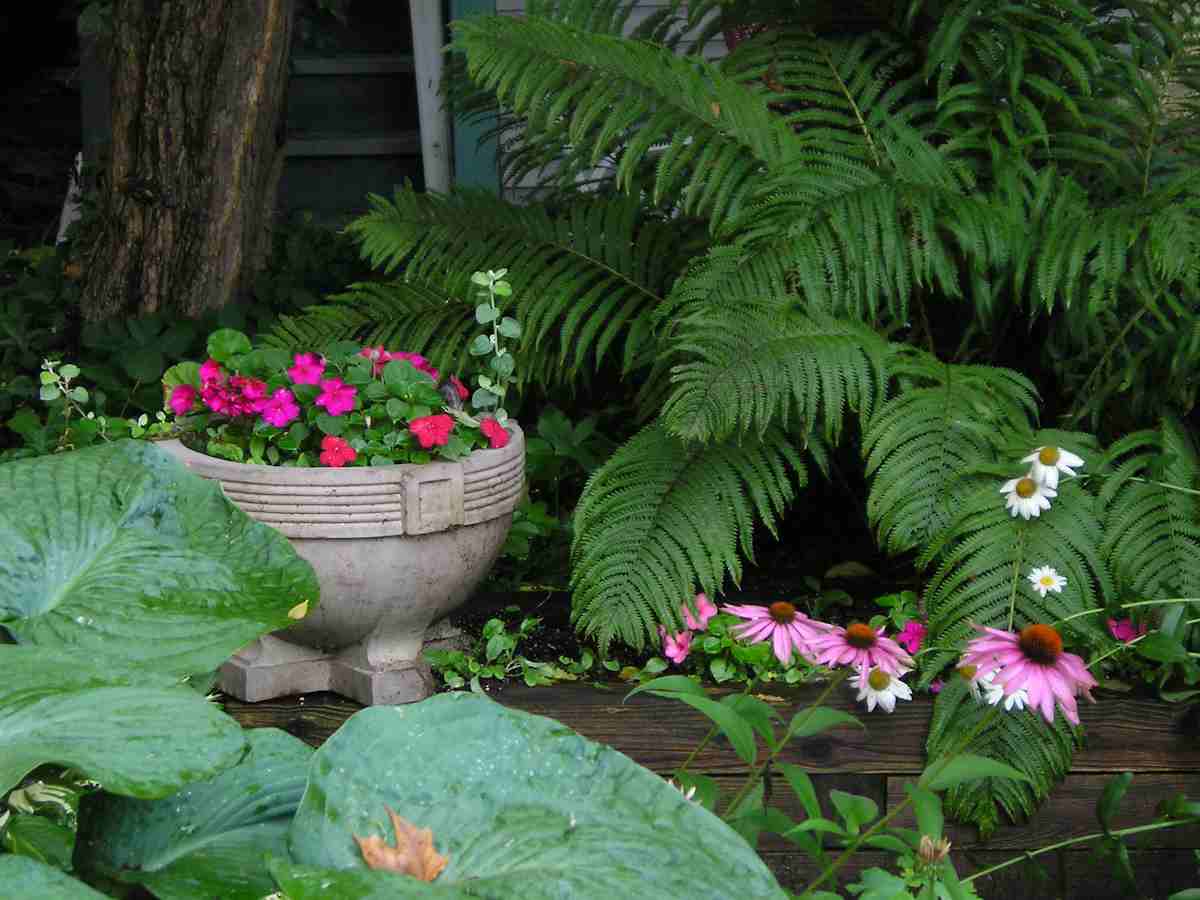Planting And The Shade
Selecting the right shade-loving plants is essential for ensuring that your garden thrives in shady spots..
Planting And The Shade

Planting And The Shade
Plants are a great way to add beauty and greenery to your outdoor space, but not all plants thrive in direct sunlight. If your garden or outdoor area doesn't get much sun, don't worry - there are plenty of shade-loving plants that will thrive in the shade. In this guide, we will discuss the best shade-loving plants and provide tips for creating a beautiful and thriving shaded garden.
Assess Your Shade Levels
Before selecting shade-loving plants, it's important to understand the different levels of shade in your garden. Shade can be categorized into three main levels: light shade, partial shade, and full shade.Light shade: Areas that receive filtered sunlight throughout the day, such as under a tree canopy. Partial shade: Areas that receive a few hours of sunlight each day, either in the morning or afternoon. Full shade: Areas that receive no direct sunlight or minimal dappled sunlight. By identifying the type of shade in your garden, you can choose plants that will thrive in your specific conditions.
Choosing Shade-Loving Plants
When selecting shade-loving plants, consider a mix of foliage plants, flowering plants, and ground covers to create texture and visual interest. Some popular shade-loving plants include:
Hostas: Known for their lush foliage and low maintenance, hostas come in a variety of colors and sizes. They thrive in partial to full shade and are great for adding texture to shady areas.
Bleeding Hearts: These delicate, heart-shaped flowers bloom in the spring and add a pop of color to shaded areas. Bleeding hearts prefer partial shade and moist, well-drained soil.
Ferns: Ferns are a classic choice for shade gardens, with their feathery fronds and elegant appearance. They thrive in moist, shady conditions and come in a variety of sizes and shapes.
Astilbe: With their feathery plumes of flowers in shades of pink, white, and red, astilbes add a touch of elegance to shady gardens. They prefer partial shade and moist soil.
Impatiens: These colorful annual flowers are known for their ability to thrive in shady conditions. Impatiens come in a variety of colors and are great for adding a pop of color to shade gardens.
Tips for Planting in the Shade
When planting shade-loving plants, keep the following tips in mind to ensure they thrive in your garden:
Prepare the soil: Shade-loving plants prefer moist, well-drained soil rich in organic matter. Amend your soil with compost or peat moss before planting to improve drainage and fertility.
Water regularly: Shade-loving plants often have shallow root systems that are more susceptible to drying out. Water plants consistently to keep the soil moist, especially during hot, dry periods.
Mulch around plants: Mulch helps retain moisture in the soil, suppress weeds, and regulate soil temperature. Apply a layer of organic mulch, such as shredded bark or wood chips, around your plants to maintain soil moisture and protect roots.
Provide supplemental fertilizer: Shade-loving plants may benefit from a slow-release fertilizer applied in the spring to promote healthy growth and blooming. Follow the recommendations on the fertilizer package for best results.
Monitor for pests and diseases: Shady areas are prone to pests and diseases, so keep an eye out for common issues such as slugs, snails, and powdery mildew. Take steps to prevent and address pest and disease problems to keep your plants healthy.
Designing a Shade Garden
Create a beautiful and cohesive shade garden by combining a variety of shade-loving plants with different textures, heights, and colors. Here are some tips for designing a shade garden:Layer plants: Create visual interest and depth in your shade garden by layering plants of different heights. Place taller plants in the back and shorter plants in the front to create a natural flow.
Mix foliage and flowers: Combine plants with different foliage colors and textures to add dimension to your shade garden. Pair flowering plants with foliage plants for a balanced and harmonious look.
Create focal points: Incorporate focal points such as ornamental trees, decorative containers, or garden ornaments to draw the eye and add interest to your shade garden.
Consider seasonal interest: Choose shade-loving plants that provide interest throughout the seasons, from spring blooms to fall foliage. Include a mix of plants with different blooming times and leaf colors for year-round enjoyment.